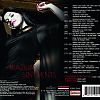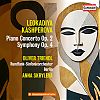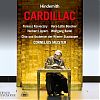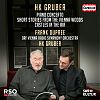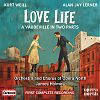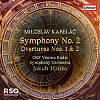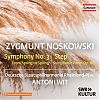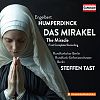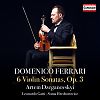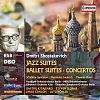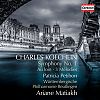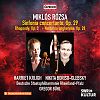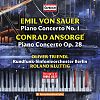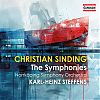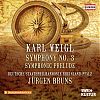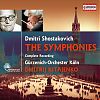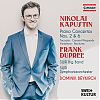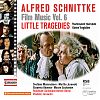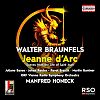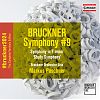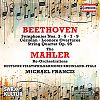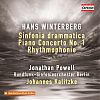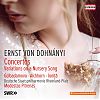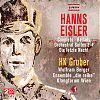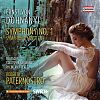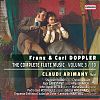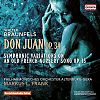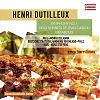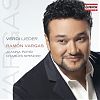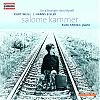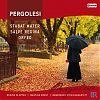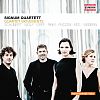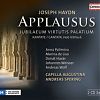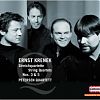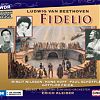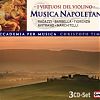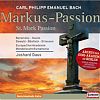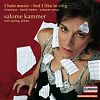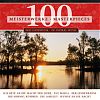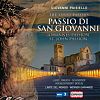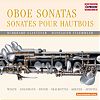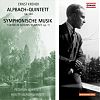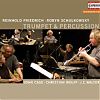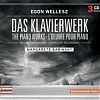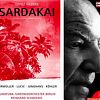cd

Cristiane Roncaglio - Brazilian Sentiments
André Bayer, guitar · Cristian Peix, piano
Brazilian song has a long history whose origin can be established from the end of the 18th century with the rise of "modinha". This kind of song was already widely known among the urban bourgeoisie around 1775, both in Rio de Janeiro and Lisbon. The precise origin of “modinha” is still controversial. It has being widely accepted that it was introduced by the Portuguese. At the beginning of the 20th century, the composer Alberto Nepomuceno reacted to what he considered an excessive use of foreign languages in all art songs composed in Brazil, notably French and Italian. He claimed that a People that did not sing in its own language had no motherland. But it was definitely after the 1922 Week of Modern Art, in São Paulo, that the genre found its better defined form. Many songs on texts by the modernistic poets have then emerged.
Villa-Lobos used poems by Manuel Bandeira and Ronald de Carvalho still back in the 1920s for his songs. He gradually found a balance between popular song style and chamber song’s refinement. The "Canção de Amor" as well as "Cair da Tarde" and "Veleiro", belong to one of his last works. "Minha Terra" of 1923 was the first hit song by Waldemar Henrique.
Cláudio Santoro‘s output as a composer is very large and covers all genres. In the 50's, he embraced the cause of nationalist music and began writing music inspired by the folk traditions of São Paulo state’s countryside and the Brazilian Northeast. “Aquarela do Brasil”, by Ary Barroso, became famous worldwide thanks to American cinema through the film "Você já foi à Bahia?” (Have you been to Bahia?), by Walt Disney, in 1944. This is a typical samba with a very positive message, which was once considered by many as propaganda for the “Estado Novo” dictatorship that had settled in Brazil, through the figure of Getulio Vargas in the 1930s.
Bossa Nova developed from the late '50s on as an essentially urban music, in Rio de Janeiro. Unlike the nostalgic country life’s approach so common before in popular music until then, this new rhythm had a more direct appeal to the everyday city life. It evolved somehow from samba, although much less rhythmic. And the bridge between pop song and art song could not have been more evident than in the music of Tom Jobim.


